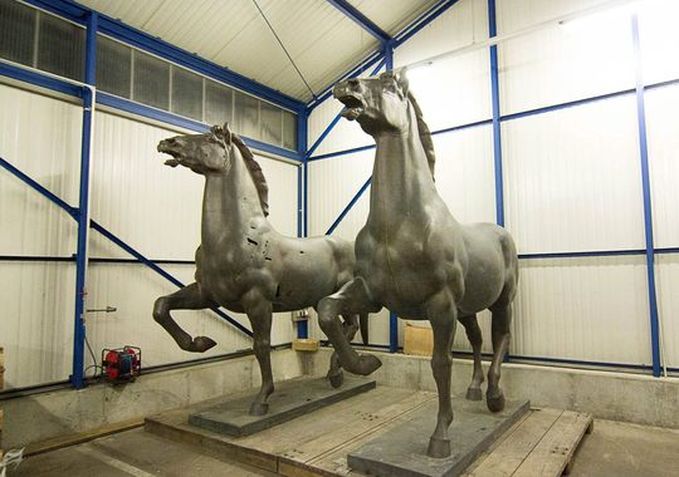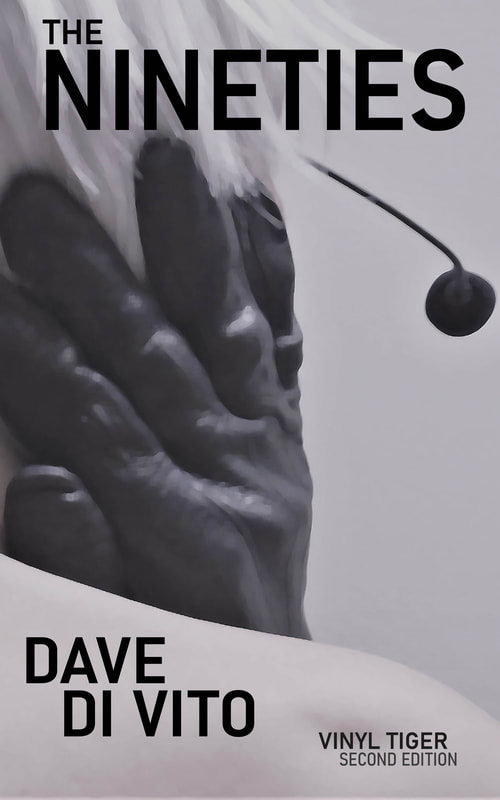|
It's a tale as old as time, right? You divide, you conquer and you then enjoy the spoils of your victories, dismantling existing culture to instate your own. Sure, some cult like parts of your new community might never give up the goat, but for the most part, values and preferences change over time and power pays. Artists and artisans have to put bread on the table, so, they adapt to their new patrons. And in doing so, they unbeknowingly render their past creations collectibles. In the past this kind of natural course of events was part of daily life. Materials that may have once been used to create places of cultural or religious significance were taken away and repurposed. You think this current trend with artists repurposing objects is a new thing? No way! It goes way back. Like that alcove on that temple? Great, take it home, make yourself a feature wall. I insist! That stone does so much to keep out the heat in summer. As time progressed and our values changed, a black market popped up, allowing the activity to be more monetized. In the past this helped certain segments of the community profit from regime changes: people who found and offloaded the objects, the people who re-sold the objects, and eventually private collectors and institutions who didn't have to worry about provenance or pesky rules like they do in the modern age. Back then, they just needed to add breadth to their collections to build their reputations and importance...the blacker the market the better. Back then, the reselling of antiquities was often a way of guaranteeing that you had food on the table if you were fortunate enough to have inherited or found something through the course of your life.
But just as the market grew, so too did the daring of plunder. In particular, we can trace the current situation back to WWII when the plundering of objects reached a peak. The appropriation of personal belongings and family heritage was one of the systematic devices of the Third Reich. The inequity and comprehensive nature of Hitler's approach to appropriating and reselling private property, particularly of Europe's Jewish population and of other opposing groups has had a lasting effect on the art world and is still creating consequences for modern institutions. In the West, values have changed towards the illegal market. Most governments have police forces dedicated to countering this activity and the awareness and technology at hand has now forced the black art market further underground. A growing awareness of provenance (where an artwork originated from, its history of ownership etc.) has made museums and galleries in particular ever more careful about their selections. Galleries and museums can't solely rely on a curator's research: these days for their own safety institutions have to rely more and more on legal teams to protect any potential investments. That ISIS are reported to be involved in selling Iraqi (and more precisely, Assyrian) artifacts on the black market should come as no surprise. On the one hand, collectors have a vested interest in guaranteeing that these objects come to no harm, and one might argue that selling these objects is a lesser evil than destroying them as we've all recently been witness to. The surprising news that is emerging though is not related to ISIS' black market activities, but that rather there seems to be a market for Hitler related or Nazi sponsored art. And it's a huge multi million dollar market. This market exists in addition parallel to the traditional market which initially seemed to help museums around the world build their collections (though that's now being re-addressed legally). The issue here though is that there are people who are willing to part with big wads of cash to buy art that has, in some way, been sanctioned and supported by Hitler and his army. This suggests that it's not merely the art that is of interest to the collectors, but rather its association to the man. Collectors won't necessarily open their wallets simply because something is of aesthetic value. Often their goal is to purchase work that will grow in value, and if we know anything about human nature, we know that value in art often corresponds to pivotal moments in cultural and political history. It's the event and not the aesthetic that often makes an art work highly prized (and valuable). Lots of food for thought here. What does it say about us that there are people amongst us who, by and large are still supporting and basically lending a financial value to the atrocities committed by a man, his beliefs and his henchies? If you're interested in looking in more detail at some of these issues then here are some good entry level articles: ISIS and Iraqi artifacts here. For simplicity, USA today's Hitler art article here. How provenance impacts, particularly in new world museums like these two American ones. Here.
0 Comments
Your comment will be posted after it is approved.
Leave a Reply. |
Dave
|
|
|
Dave Di Vito is a writer, teacher and former curator.He's also the author of the Vinyl Tiger series and Replace The Sky.
For information about upcoming writing projects subscribe to the mailing list. Dave hates SPAM so he won't trouble you with any of his own. He promises. |





 RSS Feed
RSS Feed